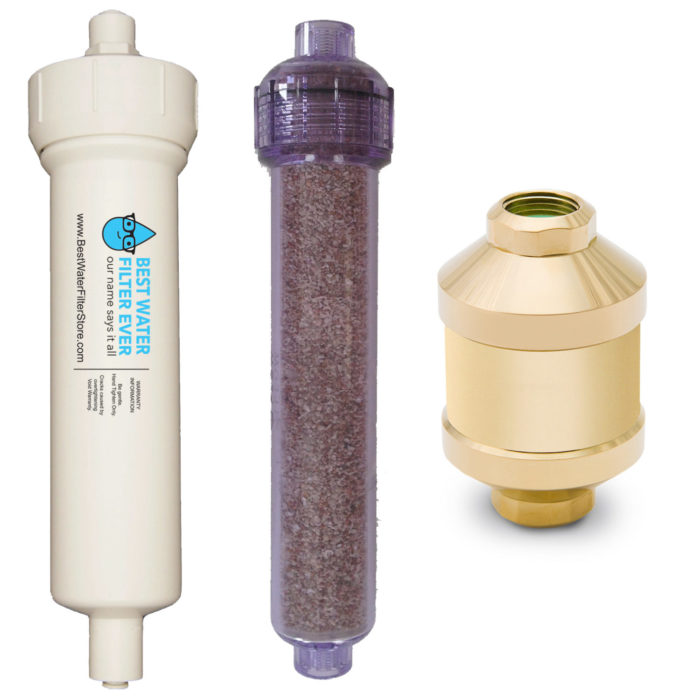When you hear the word sewage, you think of the nasty and contaminated water that would not even be considered safe or clean for humans to drink or to use for anything. If the sewage water is not cleaned before it is gotten rid of, the environment could suffer from it. These are the reasons for sewage water treatment processes in the sewage systems.
What Is The Treatment For Sewage UV water sterilizer?

We all know that sewage water treatment is a process for cleaning the water but, we want to know about that process and the purpose behind it.
Treating sewage water is a method that is used to take the contaminants in the water out. The contaminants that are removed will be anything from human waste solids to chemicals and biological that is in the water.
When the water goes through the sewage treatment methods, the waste water is changed into two different types of waste that is much safer to get rid of and to recycle for the environment. Those two wastes are solid waste, known as sludge, or waste stream, known as treated effluent.
Where Does The Sewage Water Come From?
The water from the sewage is made from many things. Homes and commercial and industrial business contribute tot he sewage also. The best way for you to get an example of the sewage water is to think about your septic tank. Sewage water is also made from onsite package plants. Water treatment systems that are constantly moving.
The fact of the matter is that the sewage water may contain very dangerous and toxic substances and RO membrane housing (https://www.goodreads.com/) it will need to be cleaned. This water that comes from industrial companies is especially susceptible to toxins. A system for treatment of the sewage water may be added close to the reason for the sewage water or can also be put in farther away. Only travel through a maze of pipes or pumping stations to the plant for treatment.
Treating The Water from sewage
The average process for treating sewage water has three stages to it. They are the primary, secondary, and tertiary treatment stages. Listed below are each one and the information on how they help the process for treating sewage water.
The First Stage
The primary stage is the first of the three to be completed. It hands the solid waste. Removing it from the water. Solid waste may be oil, grease, fat, sand, grit, and course solid material. The primary stage involves four other smaller stages. They are:
1. The removal of influx or influent
2. The removal of the sand and grit
3. The pumping out of the raw sewage
4. Sedimentation
The Second Phase
The secondary stage involves the part of the process for treating the sewage water that gets rid of any solid waste that may be smaller than what the first phase can handle. This phase also concentrates on the biologics found in the sewage water and having them to degrade. Here’s more about water treatment parts – bbs.pku.edu.cn – look into our own web-site. This biological would include waste from humans, waste from food, detergent and soap.
The Final Phase
The tertiary phase is the last stage in the sewage water treatment process. It is definitely harder to complete than the first two parts.
